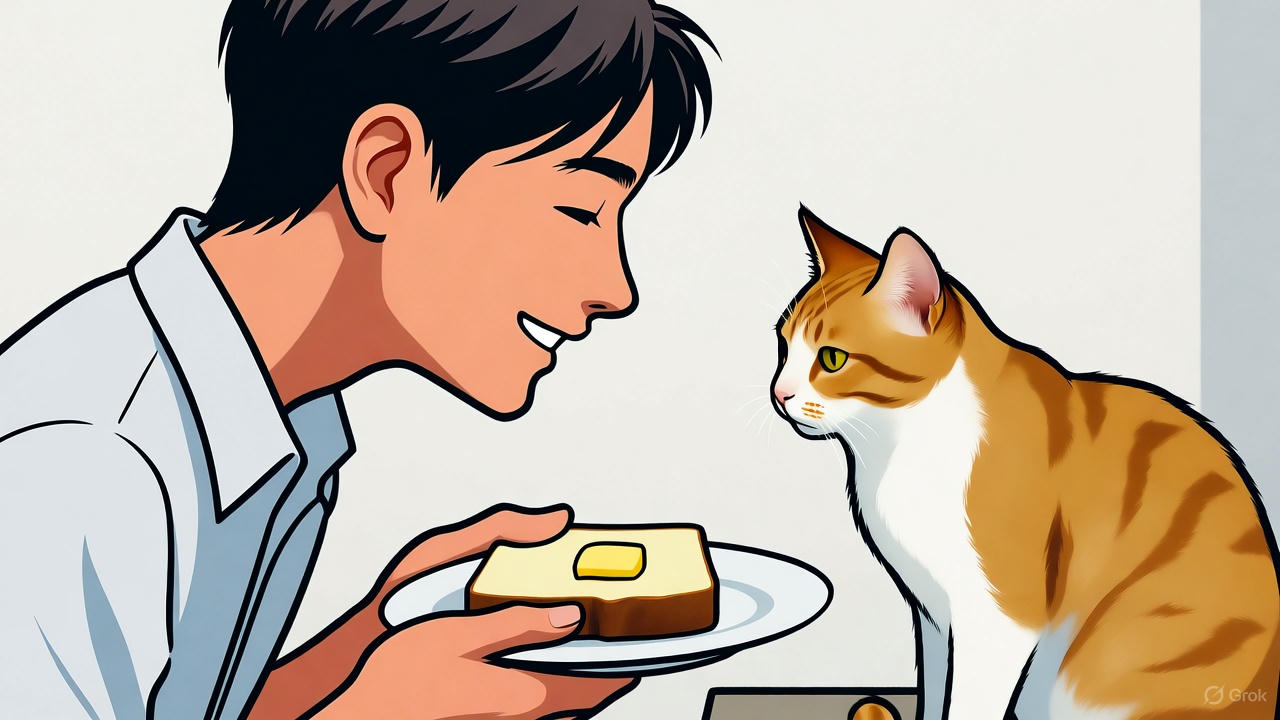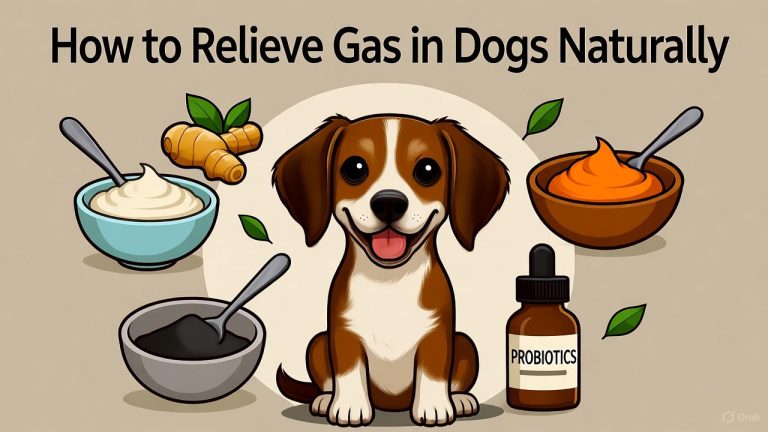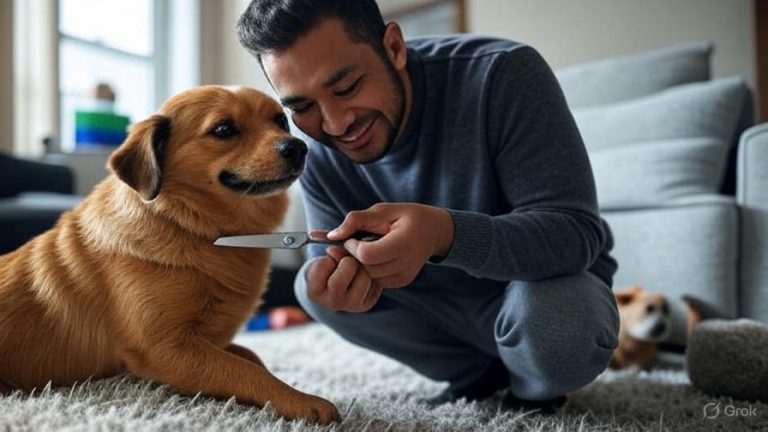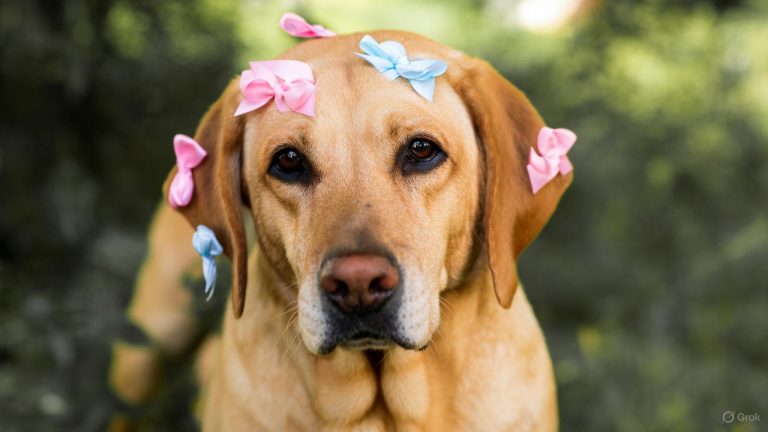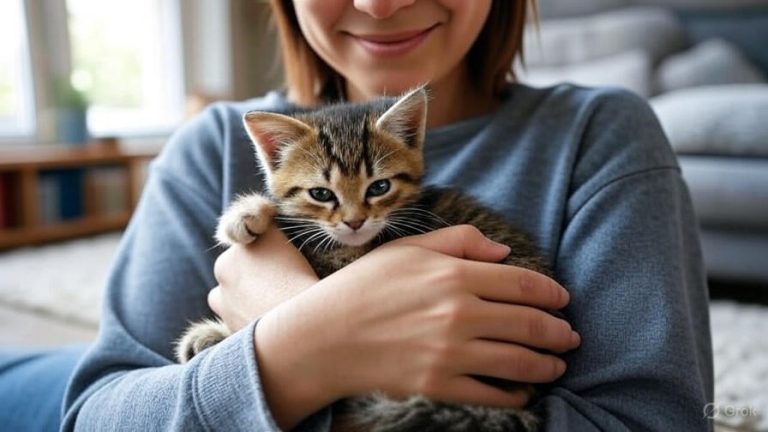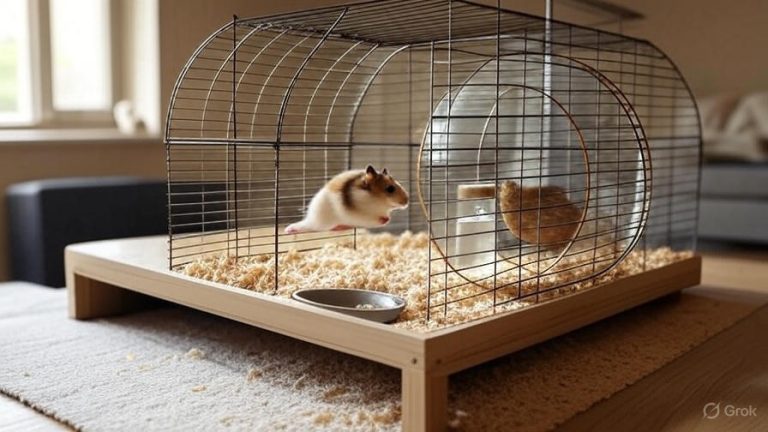How to Get Your Cat to Gain Weight?
You’ve noticed your cat looking a bit too thin lately. Maybe you can feel their ribs more than usual, or their coat doesn’t have that healthy shine anymore. A skinny cat can worry any pet parent, and you’re right to be concerned. Let’s talk about safe, effective ways to help your feline friend put on some healthy pounds.
Why Your Cat Might Be Underweight
Before we jump into solutions, you need to understand what’s causing the weight loss. A thin cat isn’t just about food – it could signal underlying health problems that need attention.
Dental disease ranks high on the list of culprits. When cats have painful teeth or gums, they avoid eating even when hungry. Your cat might approach the food bowl but walk away after a few bites. Check your cat’s mouth for red gums, broken teeth, or bad breath. These signs mean a vet visit should happen soon.
Parasites love to steal nutrients from your cat’s body. Intestinal worms feed on the food your cat eats, leaving them malnourished no matter how much they consume. Cats with worms often have a bloated belly but skinny body, along with diarrhea or vomiting.
Chronic illnesses like kidney disease, hyperthyroidism, diabetes, and inflammatory bowel disease all cause weight loss. Senior cats especially face these conditions. If your cat drinks more water than normal, uses the litter box frequently, or seems more vocal at night, thyroid problems could be the issue.
Stress and anxiety affect appetite too. Cats are sensitive creatures. A new pet, moving to a different home, or changes in routine can make them stop eating properly. Even a dirty litter box or food bowl in a noisy area creates enough stress to reduce appetite.
The First Step: Visit Your Veterinarian
Before changing your cat’s diet or routine, schedule a vet appointment. This isn’t optional – it’s critical. Your vet will perform a physical examination and may recommend blood work, fecal tests, or other diagnostics.
The vet will calculate your cat’s body condition score, which ranges from 1 (severely underweight) to 9 (obese). An ideal cat scores between 4 and 5. They’ll also check for signs of dehydration, anemia, and organ dysfunction.
Once health issues are ruled out or treated, your vet can recommend a safe weight gain plan tailored to your cat’s needs. They’ll tell you the target weight and how quickly your cat should gain.
Choosing the Right High-Calorie Cat Food
The type of food matters just as much as the amount. You want nutrient-dense, high-calorie options that pack more energy into smaller portions.
Kitten food works wonderfully for underweight adult cats. It contains more calories, protein, and fat than standard adult formulas. The higher fat content provides concentrated energy, while extra protein supports muscle development. You can feed kitten food until your cat reaches a healthy weight.
Wet food typically helps more than dry kibble for weight gain. Canned food has more fat and protein, plus the moisture makes it easier to digest. Cats also find wet food more palatable, which encourages eating. The strong aroma stimulates appetite in ways dry food can’t match.
Look for foods listing real meat as the first ingredient. Chicken, turkey, salmon, and beef provide complete proteins. Avoid foods with excessive fillers like corn, wheat, or soy. These add calories without much nutritional value.
High-protein, high-fat formulas designed for active or recovery cats can help. Brands make special formulas for weight gain that contain 400-600 calories per cup. These concentrated foods let your cat eat normal portions while getting more energy.
Try prescription diet foods if your vet recommends them. Hills a/d, Royal Canin Recovery, and similar products are formulated for cats recovering from illness or needing weight gain. They’re highly digestible and calorie-dense.
Creating a Feeding Schedule That Works
How you feed matters as much as what you feed. Cats are natural grazers who prefer eating small amounts throughout the day.
Free feeding works well for underweight cats. Keep food available at all times so your cat can eat whenever hungry. Use automatic feeders if you’re away during the day. This approach works best with dry food to prevent spoilage.
Offer multiple small meals instead of one or two large ones. Aim for 4-6 small meals spread throughout the day. Small portions are easier to digest and won’t overwhelm your cat. This feeding pattern also mimics their natural hunting and eating behaviors.
Warm up wet food before serving. Heat releases aromas that stimulate appetite. Microwave for 5-10 seconds or let it sit in warm water. Make sure it’s not too hot – test with your finger before serving.
Keep food bowls clean and in quiet locations. Cats won’t eat from dirty bowls or in areas with lots of noise and foot traffic. Wash bowls daily with hot soapy water. Place feeding stations away from litter boxes and high-traffic zones.
Adding Appetite Stimulants and Supplements
Sometimes cats need a little extra encouragement to eat more. Several safe options can boost appetite and nutrient absorption.
Your vet might prescribe medication like mirtazapine or maropitant. These drugs stimulate appetite in cats who refuse food. They’re especially helpful for cats recovering from illness or dealing with nausea.
Fish oil supplements provide healthy omega-3 fatty acids. These support weight gain, reduce inflammation, and improve coat health. Add a small amount to wet food daily. Start with 1/4 teaspoon and gradually increase.
Probiotics help cats digest food better and absorb more nutrients. Good gut bacteria improve digestive health, which means your cat gets more from every meal. Look for cat-specific probiotic powders or treats.
B-complex vitamins support metabolism and energy production. Cats recovering from illness or dealing with poor appetite often lack these vitamins. Your vet can recommend appropriate supplements.
Lysine supplements may help if stress affects your cat’s appetite. This amino acid supports immune function and can reduce stress-related eating problems.
Making Food More Appealing
Picky eaters need extra motivation. Try these tricks to make meals irresistible.
Add tasty toppers to regular food. Bonito flakes, freeze-dried meat treats, nutritional yeast, or a spoonful of tuna juice make food more enticing. These additions provide extra calories and flavor.
Mix different protein flavors and textures. Rotate between chicken, fish, beef, and turkey. Some cats prefer pate while others like chunks in gravy. Experiment to find your cat’s favorite.
Serve food at room temperature or slightly warm. Cold food straight from the fridge has less aroma. Let it sit out for 30 minutes or warm it gently.
Hand feed your cat if they’re reluctant to eat. Some cats respond well to having food offered on your finger. This builds positive associations with eating and provides bonding time.
Create a calm feeding environment. Play soft music, dim bright lights, and remove other pets during meals. A relaxed cat eats better than a stressed one.
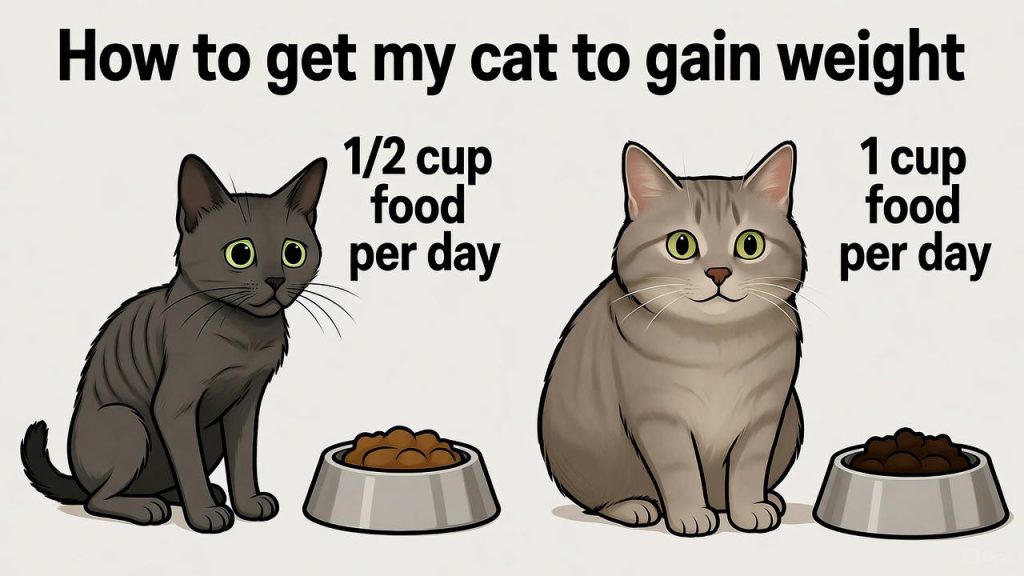
Safe Homemade Food Options
Preparing food at home gives you complete control over ingredients and calories. These recipes provide extra nutrition.
Boiled chicken with rice makes an excellent high-protein meal. Cook chicken breast or thighs without seasonings, shred the meat, and mix with white rice. Add a little chicken broth for moisture and flavor.
Scrambled eggs offer easy-to-digest protein and healthy fats. Cook eggs in a small amount of butter, let cool, and serve. Eggs are highly nutritious and most cats love them.
Plain Greek yogurt provides protein, calcium, and probiotics. Offer a spoonful as a treat or mix into wet food. Make sure it’s unsweetened and unflavored.
Cooked fish like salmon or tuna delivers omega-3 fatty acids and lean protein. Bake or boil fish without seasonings, remove all bones, and flake the meat. Serve small portions a few times weekly.
Bone broth supplies hydration, minerals, and appetite stimulation. Simmer chicken or beef bones for several hours, strain, and offer cooled broth. Pour it over dry food or serve it plain.
Never feed raw meat without consulting your vet first. Raw diets carry risks of bacterial contamination and nutritional imbalances if not properly formulated.
Treating Underlying Health Conditions
Weight gain won’t happen if health problems go untreated. Let’s look at common conditions and their management.
Dental disease requires professional cleaning under anesthesia. Your vet will remove tartar, extract damaged teeth, and treat infections. After treatment, your cat will eat more comfortably and appetite improves dramatically.
Intestinal parasites need deworming medication. Your vet will prescribe the appropriate treatment based on the type of parasite found. Follow the full treatment course even if symptoms improve quickly.
Hyperthyroidism causes rapid weight loss despite increased appetite. Treatment options include medication, radioactive iodine therapy, or prescription diet. Once thyroid hormone levels stabilize, weight gain becomes easier.
Kidney disease requires special low-protein diets and supportive care. Your vet will recommend appropriate foods and may prescribe medications or fluids. Managing kidney disease helps maintain weight and quality of life.
Inflammatory bowel disease responds to dietary changes and immunosuppressive drugs. Cats with IBD need highly digestible, novel protein diets. Controlling inflammation allows proper nutrient absorption.
Diabetes requires insulin injections and dietary management. Consistent feeding schedules and high-protein, low-carbohydrate diets help control blood sugar. Well-managed diabetic cats can maintain healthy weight.
Monitoring Progress and Adjusting the Plan
Track your cat’s weight gain journey carefully. Regular monitoring helps you spot problems early and celebrate successes.
Weigh your cat weekly at the same time of day. Use a digital scale accurate to 0.1 pounds. Record weights in a notebook or app. Healthy weight gain ranges from 0.5-2% of body weight per week.
Take body condition score photos monthly. Pictures from the same angles help you see changes that numbers alone might miss. Compare current photos to earlier ones to visualize progress.
Watch for signs of digestive upset. Rapid diet changes or too much food can cause vomiting or diarrhea. If this happens, slow down the feeding increase and introduce new foods more gradually.
Notice energy level changes. As your cat gains weight, they should become more playful and active. Increased lethargy despite weight gain might signal a problem.
Schedule follow-up vet visits every 4-6 weeks. Your vet will assess progress, adjust the feeding plan if needed, and monitor for any complications.
Common Mistakes to Avoid
Well-meaning cat owners sometimes make errors that hinder weight gain or harm their pet.
Don’t overfeed too quickly. Rapid weight gain stresses the liver and can cause hepatic lipidosis, a dangerous condition. Slow and steady wins this race.
Avoid relying solely on treats. While treats add calories, they lack complete nutrition. Treats should make up no more than 10% of daily calories.
Don’t skip veterinary care. Home remedies can’t fix underlying health problems. Delaying professional help often makes conditions worse.
Stop changing foods constantly. Switching brands daily can upset your cat’s stomach and make them even pickier. Stick with one good food and give it time to work.
Never force-feed unless directed by your vet. Forcing food causes stress and damages your relationship with your cat. It can also lead to food aversion.
Don’t ignore food quality. Cheap, low-quality foods use fillers that provide calories without nutrition. Invest in premium cat food for better results.
Building Long-Term Healthy Habits
Once your cat reaches a healthy weight, maintaining it requires ongoing effort.
Transition gradually to maintenance food. If you used kitten food or prescription diet, slowly mix in adult food over 7-10 days. Monitor weight during this transition.
Continue regular weigh-ins monthly. Catching weight loss early makes correction easier. Keep using the same scale for consistency.
Provide environmental enrichment. Bored cats may eat less. Offer toys, climbing structures, and interactive play sessions. Mental stimulation supports overall health.
Maintain dental hygiene. Brush your cat’s teeth regularly or use dental treats. Healthy teeth prevent future eating problems.
Keep stress levels low. Maintain consistent routines, provide hiding spots, and use calming aids if needed. A happy cat eats better.
Stay current with veterinary checkups. Annual exams for young cats and twice-yearly for seniors catch problems before they cause weight loss.
When to Seek Emergency Help
Some situations require immediate veterinary attention. Don’t wait if you notice these warning signs.
Your cat hasn’t eaten anything for 24-48 hours. Cats can develop hepatic lipidosis quickly when they stop eating, especially if already thin.
Yellow-tinged skin, gums, or whites of eyes appear. This jaundice indicates liver problems requiring urgent care.
Severe lethargy or collapse happens. A cat who can’t stand or seems unresponsive needs emergency treatment.
Repeated vomiting or diarrhea occurs. Dehydration develops rapidly and can be life-threatening.
Difficulty breathing or open-mouth breathing develops. This always constitutes an emergency.
Seizures or disorientation appear. These neurological symptoms need immediate evaluation.
The Road to a Healthier Cat
Helping your cat gain weight takes patience, consistency, and dedication. You’ll likely face setbacks along the way, but don’t get discouraged. Every small improvement matters.
Start with that crucial vet visit to rule out health problems. Then implement a comprehensive feeding plan using high-quality, calorie-dense foods. Offer multiple small meals in a stress-free environment. Consider appetite stimulants and supplements if recommended.
Monitor progress weekly and stay in touch with your vet. Adjust the plan as needed based on results. Avoid common pitfalls like overfeeding too quickly or constantly switching foods.
Your skinny cat can become a healthy, thriving companion. With the right approach, you’ll soon see your feline friend filling out with muscle and energy. The effort you put in now pays dividends in years of happy, healthy life together.
Remember that each cat is unique. What works for one might not work for another. Stay flexible, observe your cat’s responses, and trust your instincts. You know your cat better than anyone. That knowledge, combined with professional guidance and proper nutrition, gives your cat the best chance at reaching a healthy weight.
Your journey toward a healthier cat starts today. Take that first step, schedule that vet appointment, and commit to helping your feline friend thrive. The purrs and head bumps you’ll receive make every effort worthwhile.

